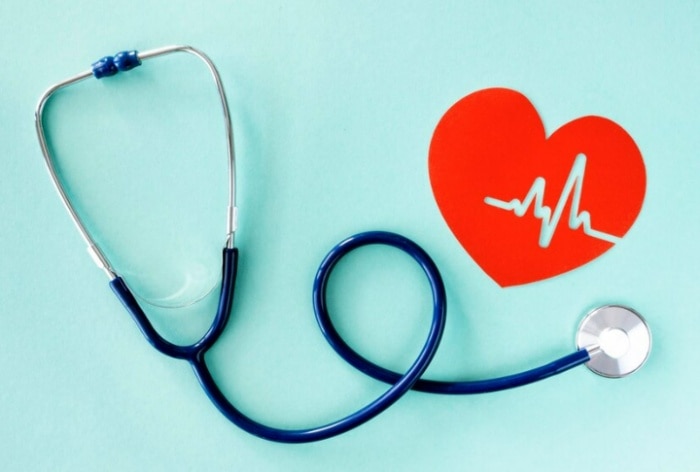Are heart problems only related to age? Do chest pains always mean a heart attack? Here are some myths and facts to clear things up.
Heart disease, the world’s leading cause of death, claims millions of lives each year. Despite its prevalence, numerous misconceptions surround this condition, making awareness, prevention, and effective treatment difficult. Recognizing these myths is crucial to promoting heart health.
Myth 1: Heart disease only affects older adults
Made: Heart disease affects people of all ages. Factors such as family history, obesity, smoking, and physical inactivity increase the risk in all age groups.
Myth 2: Heart disease is a man’s disease
Made: Heart disease is the leading cause of death in women, accounting for 1 in 3 female deaths. Symptoms in women often differ from those in men, leading to delayed diagnosis.
Myth 3: Chest pain always accompanies a heart attack
Made:Only 50% of heart attack victims experience chest pain. Others may experience shortness of breath, fatigue, or unusual pain in their arms, back, or jaw.
Myth 4: Heart disease is caused solely by genetics
Made:: Lifestyle factors such as smoking, physical inactivity and poor diet contribute significantly to the risk of heart disease.
Myth 5: Heart disease is inevitable
Made: 80% of heart disease cases can be prevented through lifestyle changes, such as:
- Regular exercise (at least 150 minutes/week)
- Balanced diet (rich in fruits, vegetables, whole grains)
- Stress management (meditation, yoga, deep breathing)
- quit smoking
- Control blood pressure and cholesterol.
Myth 6: Normal blood pressure guarantees safety
Made:: Other risk factors, such as diabetes, obesity, and family history, can still lead to heart disease.
Myth 7: Surgery is always necessary
Made:: Lifestyle changes, medications, and noninvasive procedures (eg, angioplasty) can control many cases of heart disease.
Heart disease can be prevented and treated. Knowing your risk factors, adopting healthy habits, and consulting your healthcare provider can save lives.
